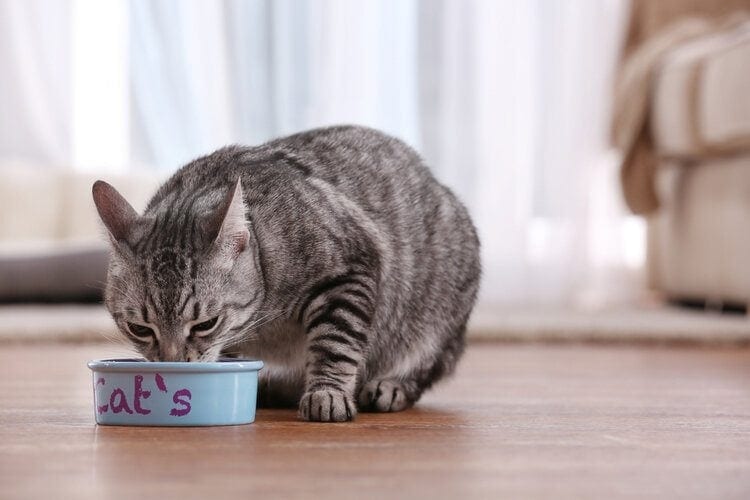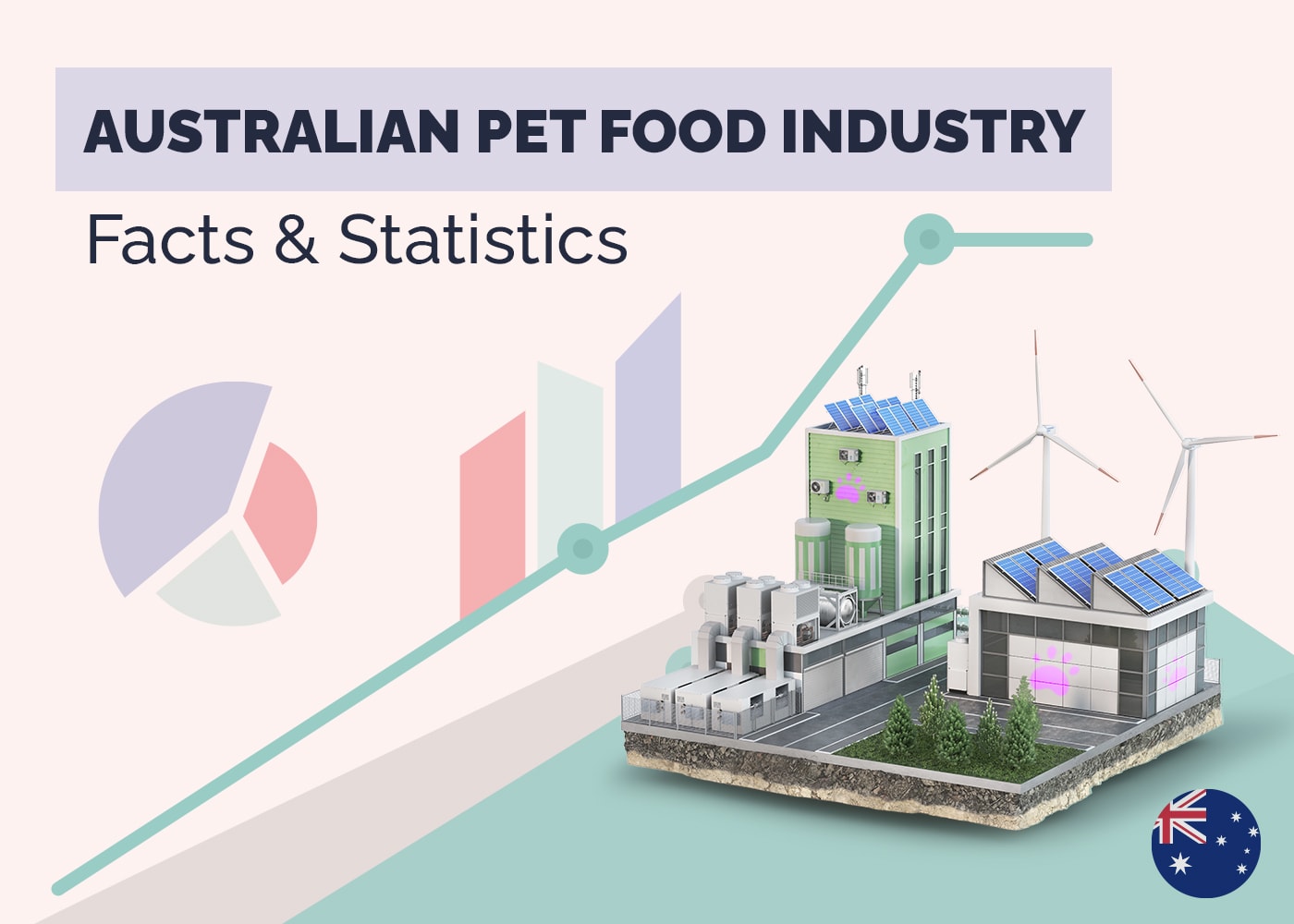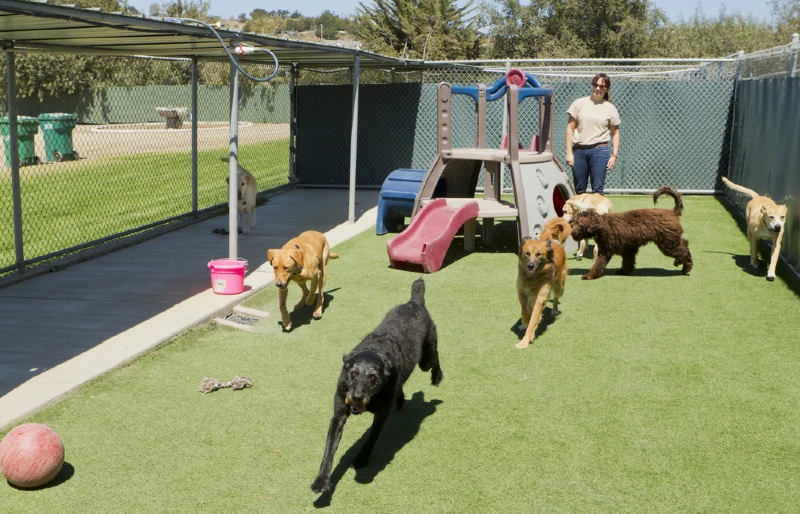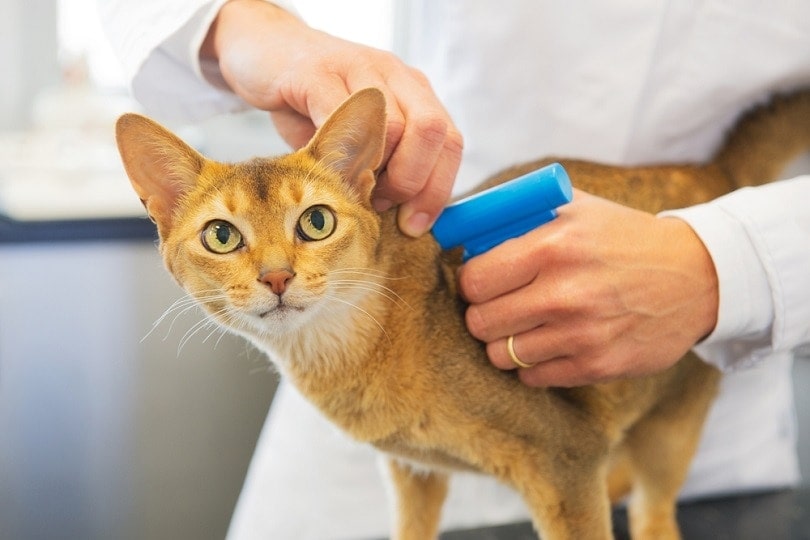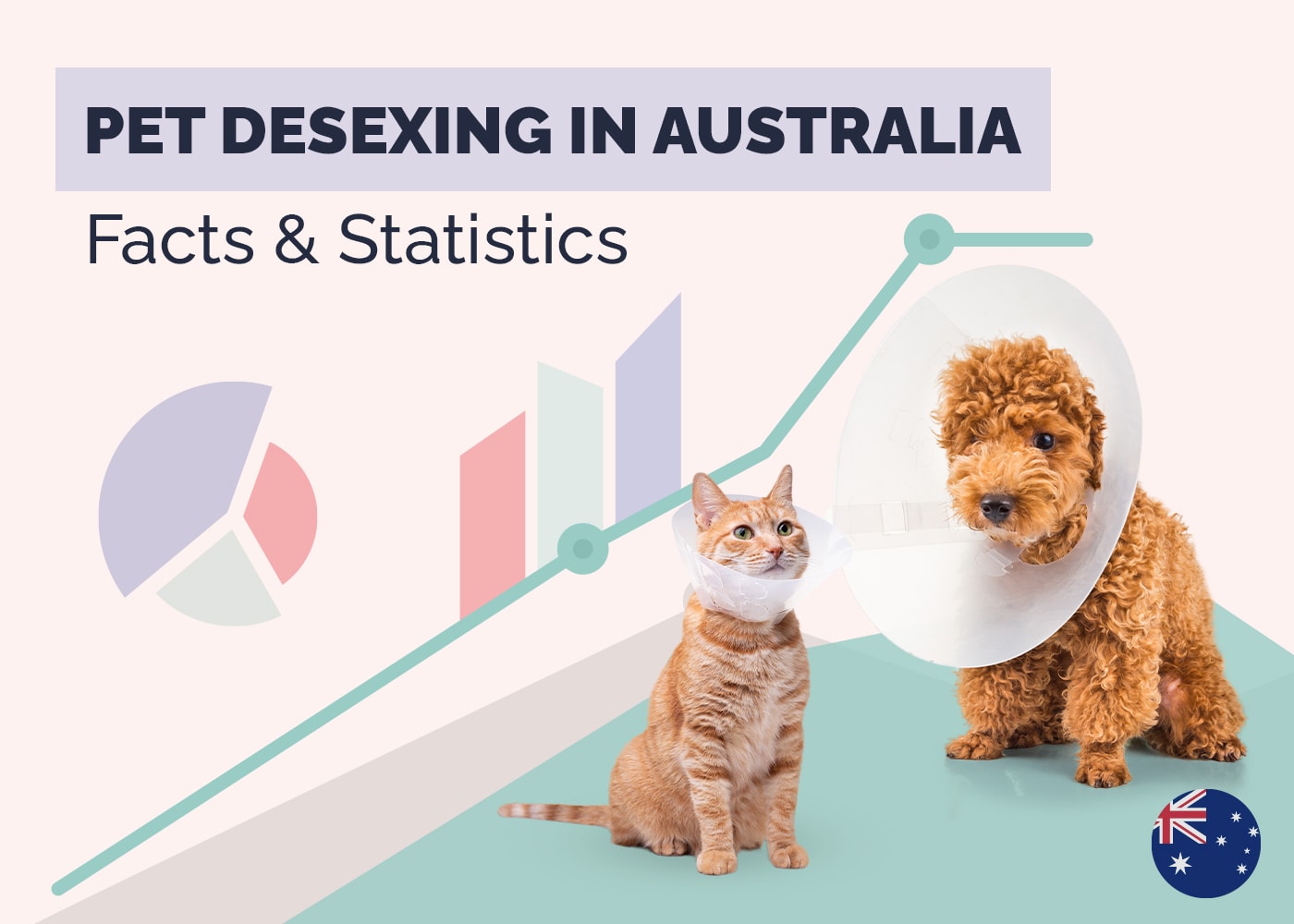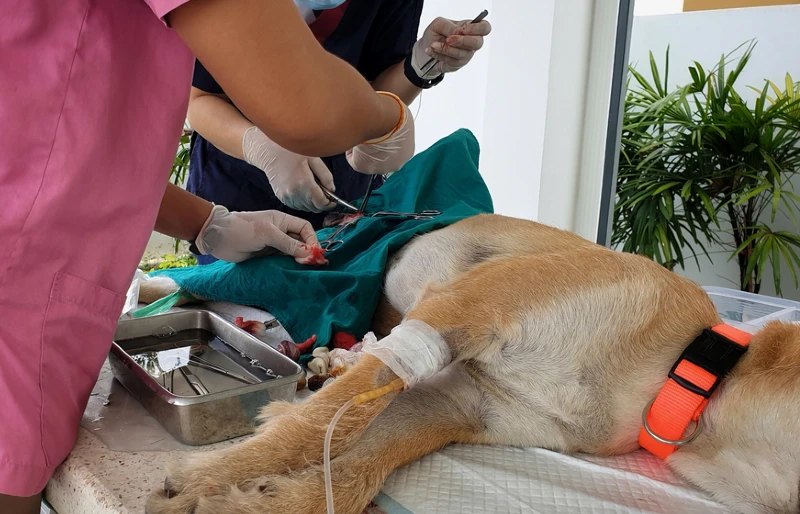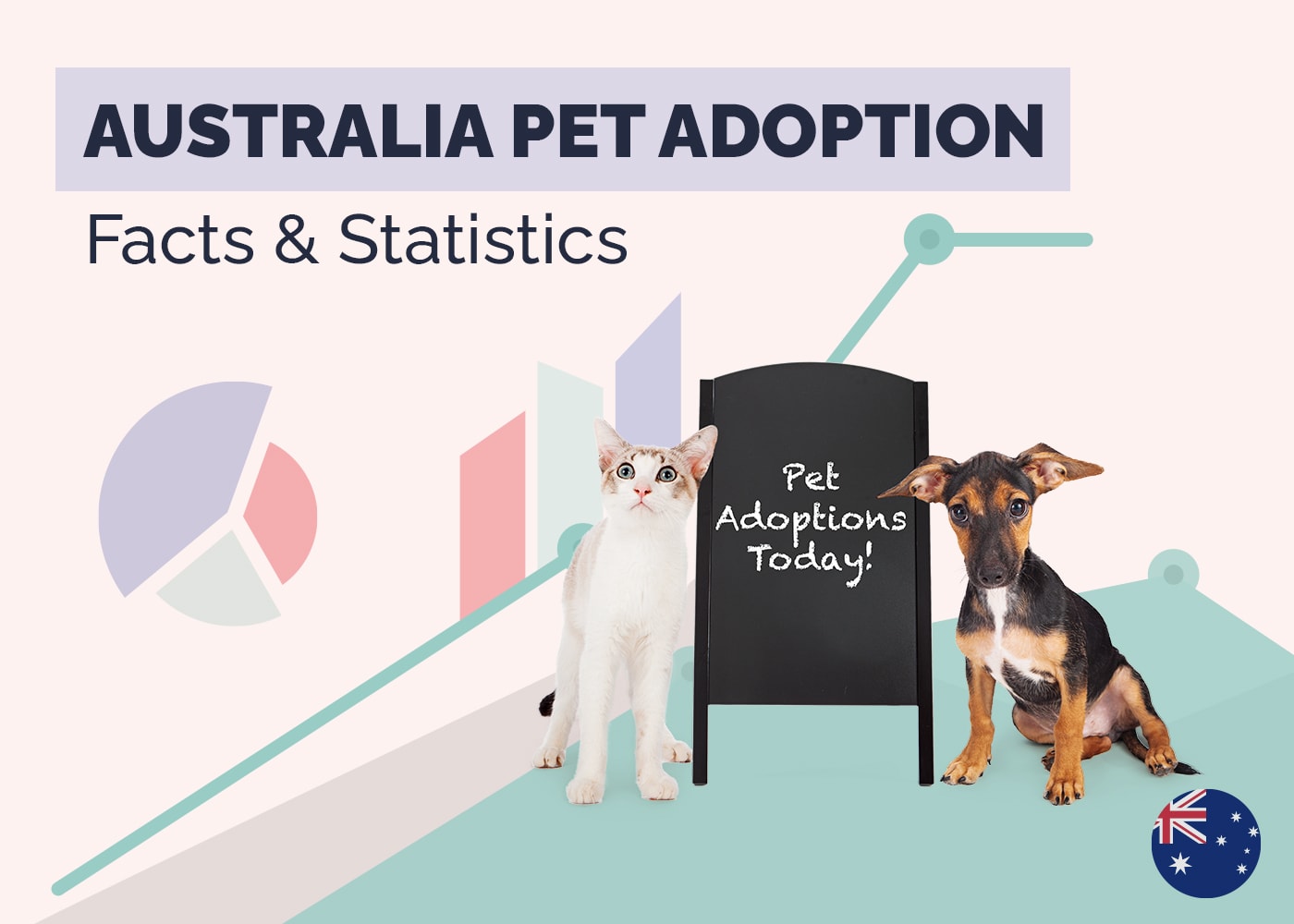4 Best Cat Foods for Nursing Mother Cats in 2024 in Australia – Reviews & Top Picks
By Lorre Luther
Updated on
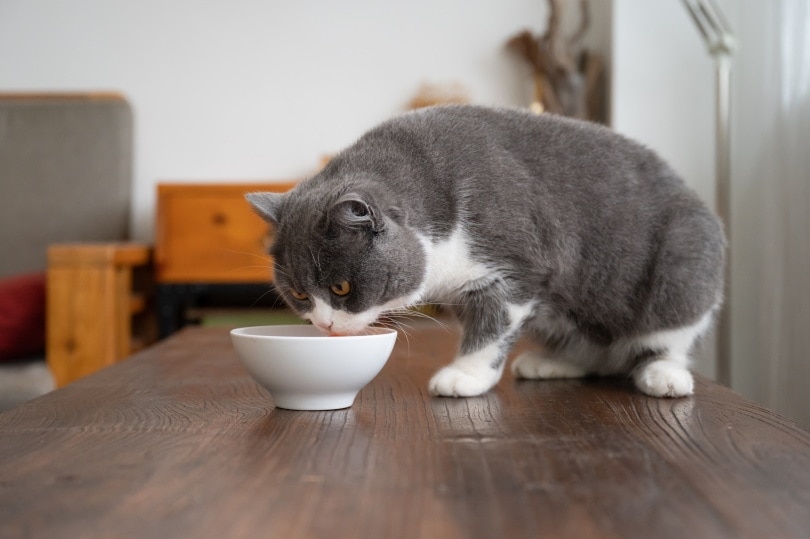
Pregnant and nursing cats have very special nutritional needs. It’s not enough to give them the same food they’ve always eaten and hope for the best. Queens require more calories and protein than usual during pregnancy and lactation. Most veterinarians recommend feeding queens kitten food during these critical periods as it provides sufficient calories and protein.
It’ll also make the weaning process easier since mother cats tend to share food with their kittens while transitioning their babies from milk to solid foods. Below you’ll find our reviews of the best cat foods for nursing mother cats in Australia, followed by a buyer’s guide to help you determine the best product for your cat’s needs.
A Quick Comparison of Our Favorites in 2024
| Rating | Image | Product | Details | |
|---|---|---|---|---|
| Best Overall |
 |
Felix As Good As It Looks - Kitten Menus |
|
Check Price |
| Best Value |
 |
Purina Fancy Feast Kitten Canned Food |
|
Check Price |
| Premium Choice |

|
Applaws Tuna Fillet in Broth Wet Kitten Food |
|
Check Price |
| Purina ONE Grain Free Natural Pate Wet Kitten Food |
|
Check Price |
The 4 Best Cat Foods for Nursing Mother Cats in Australia
1. Felix As Good As It Looks – Kitten Menus — Best Overall

| Main Ingredients | Tuna in jelly composition, meat and meat derivatives, cereal and vegetable derivatives, fish |
| Protein Content | 13% |
| Fat Content | 3.4% |
| Calories | 95 kcal/100 grams |
Felix As Good As It Looks is our pick for the overall best cat food for nursing mother cats in Australia since it’s sure to please even the most finicky cats. Each box includes 12 pouches with three flavor options: chicken, tuna, and beef. It provides all the fat, protein, and other nutrients your cat needs while nursing.
It contains critical antioxidants such as vitamin E, which protects against free radicals and supports the immune system. It also features vitamin D to help kittens develop strong bones and teeth. The formulation also has omega-6 fatty acids to help ensure your kitten gets the nutritional support it needs for healthy brain development.
- Three flavor options per box
- Vitamin E for immune system support
- Vitamin D for strong bones and teeth
- Features meat by-products and derivatives
2. Purina Fancy Feast Kitten Canned Food — Best Value

| Main Ingredients | Tuna in jelly composition, meat and meat Ocean whitefish, liver, meat by-products, chicken |
| Protein Content | 12% |
| Fat Content | 4% |
| Calories | 85 kcal/can |
Fancy Feast Kitten Tender provides a ton of healthy protein and a decent amount of fat. It’s our clear winner for best cat food for nursing mother cats in Australia for the money. It features ocean whitefish in a yummy sauce that cats love, making it easy to ensure your nursing queen consumes enough calories to support her body during lactation.
It has taurine, which is essential for optimal kitten cardiac and vision development, and it is designed to be used either as a complete meal or as a delicious topper. With more than 75% moisture content by volume, it provides hydration support to ensure lactating cats consume sufficient water. It comes in 3-ounce cans, just perfect for a single serving.
- 12% protein to support lactation
- Can be used as a meal or a topper
- Sauce-based wet food that cats enjoy
- Relatively low in calories
3. Applaws Tuna Fillet in Broth Wet Kitten Food — Premium Choice
| Main Ingredients | Tuna, rice, rice flour, fish broth |
| Protein Content | 14% |
| Fat Content | .01% |
| Calories | 40 kcal/can |
Applaws Tuna Fillet in Broth Wet Kitten Food is an excellent option for finicky queens, with tuna as its primary ingredient. It also has fish broth to pump up the flavor factor and entice even the most particular kitties to eat. With 14% protein, it provides more than enough energy and nutrients to support lactation.
Kittens love the taste of Applaws, which makes transitioning from mom’s milk to solid food a bit easier. Unfortunately, the product is low on fat which is essential to ensuring nursing cats get sufficient calories. While it has taurine, it lacks phosphorus and calcium to support healthy teeth and bone development.
- Healthy protein from tuna
- Fish-based sauce for additional flavor
- No artificial ingredients
- Low fat and calorie content
4. Purina ONE Grain Free Natural Pate Wet Kitten Food
| Main Ingredients | Chicken, liver, chicken broth, pork lungs |
| Protein Content | 11% |
| Fat Content | 6.5% |
| Calories | 105 kcal/pouch |
Purina ONE Grain Free Natural Pate Healthy Kitten Chicken & Salmon Recipe Wet Kitten Food is a great option featuring healthy protein from various sources. The first four ingredients listed are chicken, liver, chicken broth, and pork lungs, and you can rest assured that your nursing cat will be getting more than enough high-quality protein.
Featuring 6.5% fat by volume and a moisture content of more than 75%, this well-formulated pâté hits all the nutritional high notes needed for lactating queens and growing kittens. It doesn’t have grain and other unhealthy fillers, and every bite is packed full of nutrients. Also, ONE has folic acid to help kittens develop healthy red blood cells.
- High healthy protein content
- Protein from whole food sources
- 5% fat for energy
- Can be expensive
Buyer’s Guide: How to Choose the Best Cat Foods for Nursing Mother Cats in Australia
There are several factors to consider when deciding which brand to feed your queen while she’s pregnant and lactating, including her nutritional needs, cost, and particular preferences.
Why Kitten Food?
Pregnant and lactating cats have different nutritional needs than other cats, requiring more calories and protein than non-pregnant adult cats. Because of the high demands pregnancy and nursing put on a cat’s body, the food you select should provide high-quality, easy-to-digest protein in sufficient quantities to meet your pregnant cat’s needs. It also needs to have a higher calorie content than standard adult cat food.
While it may sound strange, kitten food is perfect for pregnant and lactating cats since it’s rich in protein and higher in calories than regular adult cat food. Association of American Food Control Officials (AAFCO) guidelines call for pregnant and nursing cats to consume food with at least 7.5 grams of protein per 100 calories.
When it’s time for the kittens to start eating solid food, their mother will lead the process by introducing them to whatever she’s eating. Giving her kitten food eases the weaning process and allows the transition to occur more naturally, as your queen can begin introducing her kittens to what she’s eating.
When Should I Start Feeding My Pregnant Cat Kitten Food?
Fetal kitten development gets started around 4 weeks after fertilization, which is when you should begin feeding your pregnant cat kitten food. You’ll need to continue feeding your lactating cat kitten food until she weans her kittens, which usually happens around 6 to 10 weeks after birth.
Keep in mind that you’ll need to slowly transition your pregnant cat from regular adult cat food to kitten food over approximately 7 to 10 days to minimize the chance she’ll reject her new diet or suffer tummy issues because of the switch.
To make the transition as painless as possible, introduce a small amount of kitten food to your cat’s regular diet and gradually increase the amount of the new choice while reducing the quantity of her old food.
Wet or Dry Food?
The most important factor during this vulnerable period is ensuring your pregnant cat is happy and healthy. If she strongly prefers wet or dry food, it’s usually a good idea to go with the flow and provide her with whatever makes her happy. However, the dry food usually contains more calories per ounce, meaning that if your kitty prefers wet food, you’ll need much more food to meet her nutritional needs.
Virtually every high-quality commercial kitten food on the market comes with feeding instructions for pregnant and lactating cats. Use the guidelines to ensure your queen receives enough food to support her body and nourish her growing babies.
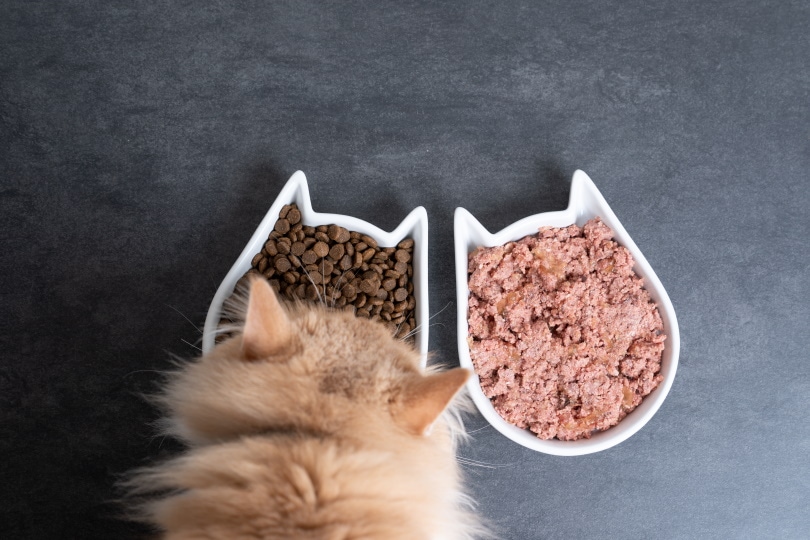
How Often Do I Need to Feed My Pregnant or Lactating Cat?
Pregnant and lactating cats require more calories. The best way to ensure they get enough to eat is by providing high-calorie food multiple times during the day. Most pregnant cats will naturally eat enough to satisfy their nutritional requirements, and all you need to do is provide food that hits the nutritional high notes and make sure it’s readily available when your queen is hungry.
Consider leaving dry food out for your cat to consume during the day as she sees fit; most veterinarians recommend having some food readily available at all times for pregnant and lactating cats.
Dry food typically works best for this sort of free-feeding arrangement, and you can supplement it with a measured amount of wet food throughout the day. While cats are ordinarily okay with one wet food meal daily, pregnant kitties usually do better when offered small quantities of wet meals multiple times each day.
How Much Should I Feed My Pregnant or Lactating Cat?
Pregnant cats naturally increase the amount of food they consume as their nutritional needs change. At the end of gestation, most cats eat at least 50% more than usual. However, some pregnant queens eat twice as much as they would normally consume. Feline gestation periods typically last anywhere from 63 to 65 days.
Nutritional demands on pregnant cats amp up around the 9th week of pregnancy, so expect to see a noticeable jump in the amount of food your cat consumes. Many cats stop eating as much immediately before they give birth. It’s a crucial sign that your cat will likely be going into labor soon!
Nursing cats eat as much as four times what they normally would in the first 8 weeks after giving birth. There’s generally no need to make any significant changes regarding feeding patterns, particularly if you’ve allowed her unrestricted access to dry food throughout her pregnancy. Just increase the number of times you serve her wet food to provide sufficient nutrition.
About 6 to 8 weeks after your cat gives birth, her milk production will naturally start to wane, and the weaning process will begin. To ensure a smooth move back to traditional adult cat food, start the transition process about 1 week before you return to a regular adult diet.
What Other Nutrients Does My Cat Require During Pregnancy and While Nursing
Sufficient quantities of taurine are essential both during pregnancy and lactation. Without enough of this vital amino acid, pregnant cats often give birth to undersized litters and noticeably underweight kittens. Fetal abnormalities also result from a lack of taurine during pregnancy. Calcium and phosphorus are also essential for the development of strong bones.
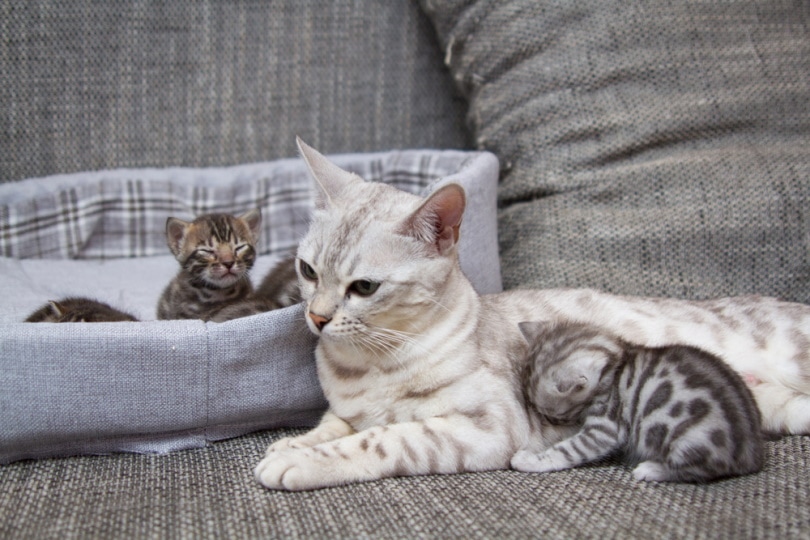
Will My Cat Gain Weight While Pregnant and Nursing?
Yes. Pregnant cats typically gain weight during pregnancy and not just from the kittens they’re carrying. The fat they gain during the last weeks of pregnancy helps sustain them while nursing. Most begin to lose the pregnancy weight naturally while nursing.
Do I Need to Worry About Weaning the Kittens?
No. As long as everything is going well, you don’t need to do a thing when it comes to weaning. Healthy kittens will start trying their mom’s solid food when they’re around 4 weeks old. Cat mothers begin actively discourage nursing when it’s time for the kittens to transition to solids.
Final Verdict
According to our reviews, Felix As Good As It Looks is the best overall cat food for nursing mother cats in Australia. It offers several flavor options, which are all packed with critical vitamins and nutrients. Fancy Feast Kitten Tender Ocean Whitefish Feast Canned Cat Food is the best value, providing essential nutrients such as taurine at a great price.
Cats Love Applaws Tuna Fillet in Broth Wet Kitten Food offers a yummy combination of tuna and fish broth. And you can’t go wrong with Purina ONE Grain Free Natural Pate Healthy Kitten Chicken & Salmon Recipe Wet Kitten Food featuring plenty of healthy protein from whole foods.
Featured Image Credit: Chendongshan, Shutterstock





